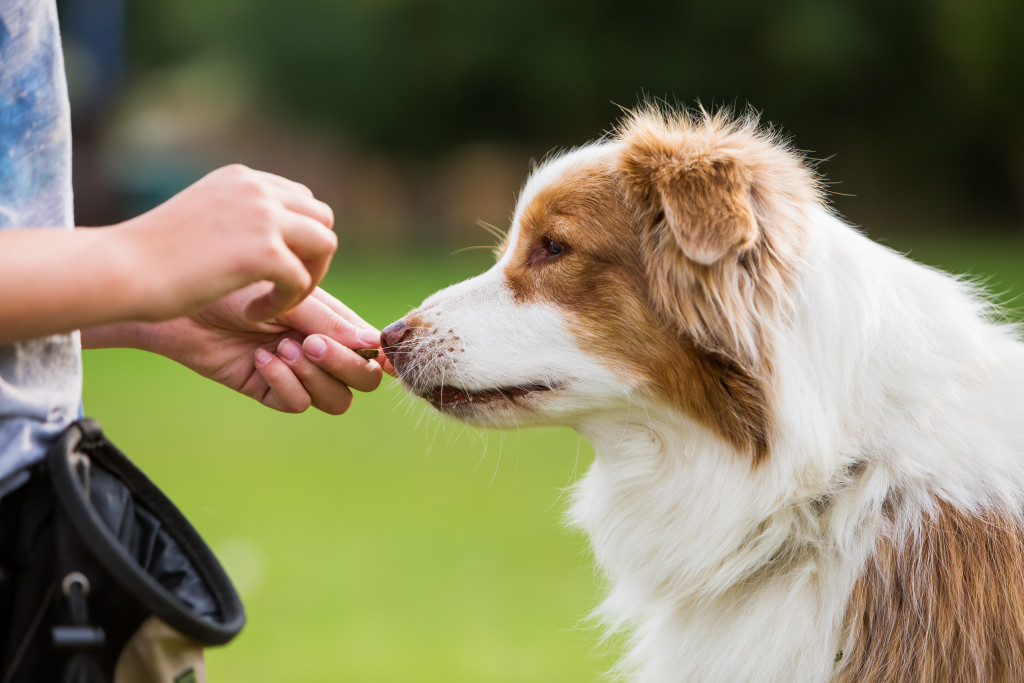Having a pet is a big responsibility—it’s much like having children, and being a pet owner requires thinking of them when we make big decisions, such as moving homes. Especially if our dog is a rescue that has experienced trauma in its formative years, we need to do all that we can to ensure that our dogs are comfortable with the move that we’re making and adjust well to this big life change. If you have an anxious dog and want them to adjust well to your new home, here are some tips and pointers to remember.
Make sure they’re comfortable during the move.
Whether you’re taking a plane or driving when you move, it might be best to hire reliable dog transportation services for your fur baby. This is because not all airlines allow pets, and when you drive, you might not be able to pay them the attention they need during the travel. A dog transportation service has the resources and skill to ensure your dog’s health, safety, and comfort during the move, and they will be cared for by pet-loving drivers in a climate-controlled minivan or SUV. You will also be given constant updates on where your dog is at all times. Employing the help of these experts can help you take your mind off at least one concern.
Set up their own space in your new home right away.
Once you’ve settled into your new home, one of the first things you need to do is to set up your dog’s new space as soon as possible. Find the corner where your dog’s bed, toys, blankets, and a bowl of fresh water will be. This will give her a cozy nook with comforting and familiar smells where it can escape to every time it feels overwhelmed by the new location. Even though you’re in a completely different house, your dog will have the familiar scents and touch of your previous home, thanks to the bed, blankets, and toys you’ve set up for them.
Establish a routine.

Make sure to establish a daily routine for your dog, no matter how hard it is. This involves giving them breakfast at a set time, going for a walk on schedule, and giving them dinner at a specific hour as well. It will help ground your pet and give them a sense of familiarity in extremely new surroundings. Now more than ever, it’s important to stick to a set schedule because it will give them something unchanging in a completely different environment.
Shower them with attention.
If you’re feeling anxiety in your new environment, imagine how your dog feels as well. You’re in the same boat, which is why it’s crucial to express affection and find comfort in each other during all these changes. Besides your dog’s personal belongings, you are its only connection from its former home and vice versa. Moving into a new home brings forth a lot of stress since you have to think of safely bringing in all your belongings, setting up the rooms, and everything else that comes with it, but don’t forget to give your dog some attention and tender loving care while you’re managing everything else.

Consult your vet about giving them anxiety-aid.
If your dog has a history of anxiety, consult with its vet about the possibility of giving them a prescription for anxiety medication. Moving might exacerbate your dog’s anxiety, and giving them anything that could help them stay calm might be optimal for their health. Just make sure to get your vet’s go-ahead before giving your dog any time of anxiety medication.
Try other soothing techniques.
If anxiety aid isn’t possible, other non-drug options can give your dog a semblance of peace during this new time in their life. Calming music and zen collars have worked for a lot of pet owners, and they might work for your dog, too.
Stay home as much as you can for the first few weeks.
It might take some time before your dog gets fully accustomed to its new surroundings, and your comforting presence might speed that process along. Allow your dog to acclimate first before you try leaving for hours at a time. Once you do, do it gradually and take your time.

Be patient.
Last but not least, be patient, no matter how long it takes. If anything seems to be making things more difficult for your dog, eliminate that blockage. It may take a while, maybe a few weeks, so don’t expect everything to go smoothly from day one. Be their benevolent master and parent, and eventually, everything will fall into place.